Is your addiction treatment facility struggling with cash flow shortages resulting from too many past due accounts and a denial ratio that makes you cringe? Perhaps it’s time to examine your revenue cycle management (RCM) strategy. Not really sure what RCM can do for you? Below are some frequently asked questions, and their answers, that will clear up the confusion.
What is RCM, and how does it work?
RCM is a process that carefully tracks claims from the first touch-point with your addiction treatment facility until you receive full payment for services. This process, or series of processes, helps medical providers identify bottlenecks and other issues, that slow down or prevent reimbursement for services.
Think of RCM as a claims lifecycle management tool, where each visit generates an individual claim and the goal is to zero out that claim as quickly as possible – no 90-120 day A/R balances, excessive pending files or denials demanding review.
The financial health of any practice improves when cash flow is predictable and consistent. Partnering with a reputable practice management company (like AZZLY®) can help your organization reach your financial goals by streamlining processes.
A Brief RCM FAQ for Addiction Treatment Decision-Makers
- Isn’t it more cost effective to keep billing in-house?
- A. Not necessarily. Lack of claim-denial follow-up and unpaid claims are two of the biggest problems for medical organizations to manage. A professional billing company has the technology and staff and to scrub every claim, resulting in higher first-pass rates and fewer denials
- Does RCM really help generate new revenue streams?
- A. Yes. Identifying pain-points and inefficiencies within an organization is often the first step to breathing life back into a struggling practice or treatment facility. Data collected along the claim lifecycle helps decision-makers create a blueprint for business expansion. When you understand how patients interact with your organization, and how those touch-points impact the revenue stream, you have the power to add new products or services your clients need and want.
- How can RCM help an organization improve forecasting and budgeting?
- A. Tracking referrals is an excellent way to ensure your budget and revenue projections are accurate, and this is one of the key metrics professional RCM management firms keep a close eye on. By closely monitoring referral metrics available in the RCM software, facility managers can identify provider patterns in real-time.
- What are the greatest advantages of integrating RCM technology with the EHR?
- A. Several years ago, AZZLY CEO Coletta Dorado explained why the company believes integrating medical terminology management into their products is a wise choice.
“We’re excited to be delivering an intuitive, affordable, scalable and secure solution that physician practices will actually use to increase efficiency and improve both the patient and provider experience and the bottom line.”
Maximizing office efficiencies, improving patient services and optimizing reimbursements are still the three greatest advantages gained by implementing RCM strategies in treatment centers.
Contact an AZZLY representative to learn how your practice can use RCM to eliminate your pain-points and boost revenue potential today.




